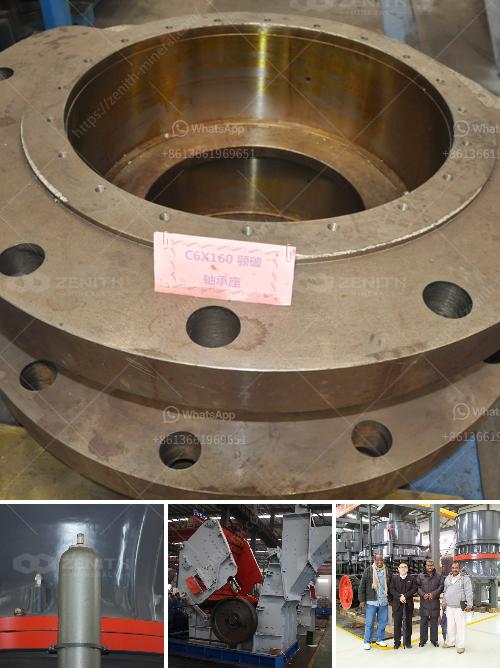Calibrating coal mill feeders is a critical step to ensure that the coal feed rate matches the required process conditions. Here are the general steps to calibrate coal mill feeders:
-
Preparation:
- Ensure that all safety protocols are in place before starting the calibration.
- Verify that the feeder and associated equipment are clean and free of any obstructions.
- Check the mechanical condition of the feeder for any visible signs of wear or damage.
-
Data Collection:
- Record the initial settings and the current operational parameters of the feeder.
- Gather the relevant technical documentation and manuals for the feeder.
-
Zero Calibration:
- Stop the feeder and ensure it is completely empty.
- Set the feeder to zero load condition. This can often be done using the feeder's control panel or interface.
- Verify the zero calibration by checking that the feeder indicates zero when it is empty.
-
Setting Reference Load:
- Load a known quantity of coal into the feeder, ensuring an even distribution.
- Measure the weight of the coal used as a reference load using precise weighing methods.
- Input the reference load value into the feeder’s control system.
-
Adjusting Feeder Settings:
- Run the feeder and compare the measured coal flow rate with the desired flow rate.
- Adjust the feeder calibration factor or parameters to match the desired flow rate with the actual rate.
- Repeat the process as needed, using different known quantities, to verify consistency.
-
Verification and Fine-Tuning:
- Once the initial calibration is complete, operate the feeder under normal load conditions.
- Monitor the feeder’s performance and coal flow rate over a period.
- Make fine adjustments as necessary to ensure continuous and accurate feeding.
-
Final Checks:
- Ensure all calibration settings are saved and documented.
- Re-check all zero and reference load settings to ensure that no drifts have occurred during the calibration process.
-
Documentation and Log:
- Record all the calibration data, including initial settings, adjustments made, and final calibrated settings.
- Keep a log of the calibration process for future reference and maintenance schedules.
-
Ongoing Monitoring:
- Periodically check and recalibrate the feeder as part of regular maintenance routines.
- Watch for any signs of wear or changes in feeder performance that might indicate the need for recalibration.
By following these steps, you can ensure that the coal mill feeders are calibrated correctly, leading to more efficient and reliable operation of the coal mill system.


